When you get to the AAA level and take a look at each individual player they are generally grouped into one of two categories: quad-A/veteran, or legitimate big league prospect-in-waiting. Someone like Chris Gimenez is in the quad-A/veteran camp, whereas someone like Carlos Santana is obviously a big-league prospect. The thing we want to look at, is why they are viewed this way? Is it their minor league track record? Their standing and reputation within the organization? It can be hard to identify, and even harder to quantify, so I will try to take an in-depth look at the 2010 Columbus Clippers and see what, if anything, we can expect in the future.
Position Players:
Starting Outfield (as of Opening Day – 2010)
Michael Brantley, Jose Constanza, Trevor Crowe
This may well be the fastest collection of outfielders the Indians have ever had at the same time. All 3 of these guys can steal bases and cover good ground in the outfield (despite having below average instincts leading to a somewhat limited range). They would all be center fielders in any other system, but have been asked to play multiple spots due to the presence of Grady Sizemore at the big league level and other CF prospects in the farm system. Yes, the fly ball tendencies of Hector Rondon and Jeanmar Gomez will be rewarded (or perhaps more aptly put: concealed) with this group roaming Huntington Park. All three rate as defensively fringe-average or better CF’s and well-above average in the corners. But, like most things in baseball; defense will only get you so far. With the knowledge that any of these guys can play all 3 positions, and add some value with their run prevention skills, let’s take a look at their offensive capabilities.
Major League Outlook:
Brantley is hoped to be the LF/CF of the future (depending on the Sizemore contract outcome) and Trevor Crowe is hoped to turn into a quality 4th OF, capable of playing all 3 positions and providing some speed off the bench. Unfortunately, Constanza doesn’t really have much of a future at the big league level at this point if everything goes according to plan (more on this later) and is seen as a depth option during the rebuild cycle currently taking place.
Brantley is looked upon the most favorably because he is the youngest, has the best plate discipline and the most projectable physical characteristics. He could very well develop into a plus-defensive center fielder and effective leadoff man that gets on base at or around a .400 clip. This is the hope; this is why Brantley is rated in the top 10 of every prospect guru’s 2010 analysis of the Indians farm system. Brantley’s personality and intangibles should give him every chance to let his considerable skill set translate into success.
Crowe is an interesting case, he hasn’t proven he can hit major league pitching in his brief stints at the big league level, but he pretty well destroys AAA pitching and doesn’t have anything to prove at that level. He seems to be the standard issue 4th OF that can play all 3 positions, and provide league average offense for a back-up position player. This sounds upsetting, and it is mildly, for a 1st round pick but he has legitimate value for any team as a bench player and possibly more. (ed. note: Trevor Crowe is performing admirably at the big league level as of this posting and perhaps is beginning to put it all together!)
Constanza is probably out of luck when it comes to a big league future with the Cleveland Indians organization. He is blocked by a franchise player, a better prospect that is 3 years younger and a similar player that was a 1st round pick. He could provide some speed off the bench, but having a pure pinch-runner that isn’t a huge plus-defensive outfielder is a luxury most teams can’t afford to put on the 25-man roster. Constanza seems to be an example of just how easy it is to get squeezed out in the ruthless process that determines who gets to play in the Majors.
Stat Persistency:
The main stat we are going to look at when referencing the offensive prowess of your 2010 Clippers outfielders is one that summarizes all the offensive contributions a player can make: getting on base, hitting for power, hitting for average (not solely drawing walks, but moving runners already on base as well), stealing bases and pretty much everything offensively inclined. This all-encompassing stat is called wOBA1 (http://saberlibrary.com/offense/woba/), which stands for “weighted On Base Average”. It is important to note a few things about this stat before we proceed. First, it is scaled to be roughly equivalent to the commonly used OBP statistic (which is why it is labeled “wOBA”) so people can handily say “400 wOBA is great!”, “.290 wOBA is horrible!” and “.340 wOBA is pretty average!”. The reason for the scaling is simply so that it is easier to use, compare and know what's good and what isn't.
It is also important to know that this stat in no way accounts for the context of the offensive outcome. It credits a 3-run home run just a much as an inside-the-park solo home-run. It’s important to do this when we are comparing players that have been on different teams, in different leagues and have had different teammates. By using wOBA (or EqA/TAv for the Baseball Prospectus inclined) we can look at just their offensive contributions and because the wOBA uses a linear weighting system that adjusts for level and season (by modifying the constants of each variable) we can compare more easily than looking at same-level triple-slash or other statistics. In addition to the wonderful all-encompassing goodness that wOBA gives us, we can easily translate this stat into RAA2 (Runs Above Average) to give us an idea of how valuable there performances really are because it compares there wOBA against that leagues average wOBA. [i.e. a negative WARP means they were actually worse than the league average (non-position adjusted)]
With this in mind, lets take a look at each of these guys using wOBA and WARP (RAA/10) as our main statistical reference tool and see how they stack up and what their futures may hold. We will be looking at how these hitters have performed over the years, how they stack up against fellow prospects within the system, what their outlook for the future is and whether they have been good, bad or plain lucky so we can try and gain some insight into what will come next:
Jose Constanza – Career Minor League Stats:

Jose has been extraordinarily comparable to other Indians outfield prospects over the years, but has failed to ever be highly touted or even considered anything beyond organization fodder; a 4th outfielder was his ceiling, but never expected. In particular he has been comparable to Trevor Crowe. Jose had a wOBA .003 better in 2005, identical in 2006 and .007 worse in 2007. This is frighteningly similar. However, Trevor would get end of season call-ups each year and be generally regarded as the better prospect. This was due to his higher status within the organization as a 1st round pick and little else, because they were doing the same things at the same level and at the same age. Then 2008 rolled around: Trevor Crowe put up a .396 wOBA over the AA-AAA levels and Jose went only .323 at the AA level. Jose seemed to hit a plateau, he was going into his age 25 season in 2009 and he was repeating AA, the intelligence and intangible value that scouting dpeartments add to every organization really showed itself in this scenario. Constanza's doldrum is all too common as the single A to AA jump is generally seen as the 2nd most difficult transition behind the final jump to the Majors.
Unfortunately, Jose couldn’t shake out of the funk in 2009. As a 25 year old in AA, going through the same level for the 2nd straight year, he raised his wOBA to a respectable but not hope-inspiring .357. As a point of reference: a certain, soon-to-be-traded, 21 year old prospect on the Brewers AA farm team put up a wOBA of .377. In 2010 Jose Constanza was dutifully promoted to AAA and has enjoyed a small revival on the strength of some ridiculous luck (BABIP of .441), but he still does not prominently figure into the Indians near or future plans. He could see some time as a pinch runner/extra outfielder as he does have a solid 80% career success rate, but the Indians have a lot of guys that are younger and, frankly, better.
Trevor Crowe – Career Minor League Stats:

At the time of this writing, Trevor Crowe is starting in center and leading off for the Cleveland Indians. This is exactly where the Indians scouting department and all Tribe fans thought he was going to be in 2010. Trevor was drafted out of Arizona in 2005 and by the end of the season in 2006 he had already gotten up into the AA levels and had posted a wOBA of .392 across 3 levels. He was getting on base near a .400 clip and he stole 45 bases at a 79% clip. His defense in center was slightly below average, but he was projected to be well above average once he moved to a corner in deference to Sizemore.
However, a new problem emerged for Trevor; Grady Sizemore had just signed the largest ever (at the time) first-year player extension and was entrenched in center. Trevor was going to have to start hitting a whole lot more because his bat wouldn’t really play in a corner. The Indians thought he was athletic enough to help them out in a different way: he could play second base and his bat would be a plus and there would be no logjam. It seemed like a great idea…
In 2007, he took a step back. He had to make the full-time transition to AA and was dealing with the effects of an ill-fated position change to second base, but his wOBA fell to .331 and his prospect star dimmed a little, or at least flat-lined a little. Of course, if you aren’t rising, you are falling when it comes to the being a prospect. He repeated AA in 2008 and punished the league by posting a .400 wOBA during his time there and then went on to post a very respectable .367 line at AAA.
The issue of his bat being light for a corner would be overcome if he could keep his numbers at or around this level. He played 49 games at AAA before he got called up in 2009. He did post a .391 wOBA in his short time at AAA and he even got a cup of coffee in the bigs, albeit with very poor results. By the end of the year, he was going to be right in the thick of the competition for an outfield spot in Cleveland, but with two prospects from the C.C. Sabathia deal, Grady and Shin-Soo Choo already in the hunt, it was going to be tough. Regardless, his ascent to the Majors was complete and he just had to perform when he inevitably got his chance.
Currently, Crowe is seen as a potential replacement should Sizemore leave or be dealt, a full-time 4th outfielder for the Major League team and a good-fielding, light-hitting corner outfielder. His ultimate problem is that he does very little to excite the organization as an impact Major League baseball player. He undoubtedly will remain in and around the big league level, but it seems unlikely he will ever ascend to the “core-player” status that teams need out of their 1st round picks and which the Indians have had trouble accumulating through their drafts in the last decade. However, the one thing that the Indians have done very well is the accumulation of talent through trades…
Michael Brantley – Career Minor League Stats:

Michael Brantley was acquired from the Brewers at the end of the 2008 season as the Player to be Named Later that completed the C.C. Sabathia deal. Like most Tribe fans, the players and circumstances of this trade can be recited by heart and officially spelled the doom of the core that should have beaten the Red Sox and should have equally as impressively humiliated the Rockies in the 2007 World Series. Brantley was chosen because he was an on-base machine, young for the league he was playing in, and he had the frame that looked like it could add some power to his impressive speed-patience combo.
Looking at Brantley’s body of work in the minors, the first thing that jumps off the page is his consistency: he has never had a season above .386 or below .342. Unfortunately, this also makes Brantley a pretty well-known commodity and it tells us that there really isn’t too high of a ceiling. However, he can be a great top of the order guy that gets on base at a really high level (career .386OBP) and steals a lot of bases ( career 81% success rate, 45 steals/150 games). He lacks power, but that’s acceptable if he can continue to play average center and get on base at a really high rate. Still, he is just 23 years old and the hope is that he refines his already professional approach at the plate and start to drive the ball a little more often. This is why he isn’t in Cleveland right now, they want him to play everyday, hone his swing and mentality at the plate and start to use his large frame and athleticism to be more than a singles hitter.
One thing that should give us hope is the fact that despite being a groundball-hitting, speed oriented player, his BABIP should be slightly above the typical .300 level and he has suffered some bad-luck the past year with a .286 line at AAA. As he develops a little more power, maintains his patient approach and starts to bring along the defense that should eventually be plus, considering his speed, he will be a fine everyday player for the Indians. The problem will ultimately be that his lack of power will limit his value as a corner outfielder because in order to be a truly potent bat, you need patience and power.
Barriers Faced: Today and Tomorrow
All 3 guys have their strengths and weaknesses. They are all similar in their production and defense (below average to average in center, above in a corner). Unfortunately, due to his age, presence of other alternatives and lack of any clear-cut place on the big league team, Constanza faces the barriers of being released after years in the minors, and or being dealt in a minor move to free up roster spots. He may get some time up due to injury or organizational need, but he in no way fits into the long-term plans of the club as he is blocked by superior prospects, and big-league talent currently in place.
Crowe is way ahead of Constanza because he has ML experience, he has hit for some power in the past and had the pedigree to make us believe he has more upside. He is getting his shot now and performing well in the early going, but barriers to his ‘sticking’ in the Majors are coming around the bend. He still is a slightly below average defender in center, but his bat should play well enough to make him a net-even player. Also, this time around he looks a lot more comfortable at the plate. This is an impossible thing to quantify and teams certainly don't base their decisions purely on hope, but it should be mentioned that Crowe is only 25 and it often takes players a few failed test runs in order to get acclimated to the Majors. Here’s hoping that’s the case and Crowe can finally fulfill his destiny of being a solid-average big leaguer that can play all three spots and put in 300 or so quality PA’s each season as a legitimately above-average reserve outfielder on a championship-caliber team.
Brantley probably has the brightest future with the big league team at this point, but a lot of that is built upon the assumption that Brantley will translate his very high OBP skills and dangerous base running capabilities to the Majors. In addition to this, the hope is that he develops more pop in his bat, as he learns how to take advantage of the favorable counts he works himself into, and take better routes to the ball, so he can take advantage of his plus-plus speed. The possibility for an elite leadoff hitter is present in Brantley if he brings his considerable skillset to fuition. However, it’s going to take some significant development; and like all things with 23 year old prospects: some lucky breaks. He has the fewest barriers because left-field is being kept warm for him by Spring Training invitee Austin Kearns and Matt LaPorta who can’t get over to first base quickly enough. If Brantley holds up his end of the bargain by performing in AAA, he will be up at the end of 2010 and the assumed starter going into Spring Training in 2011.
The barriers that these three face are almost entirely dependent on the contract situations and trade goings-on of the Major League club. Grady will be part of lots of trade talks as soon as he gets healthy and starts playing like even a fraction of his old self. Choo is playing his way into a big contract and he is a Boras client, so you can do that math. If both of these guys leave, Crowe and Brantley could suddenly find themselves as everyday players with little in their way.
For some, this is a depressing thought. For me, I want to wait and see if Crowe can regain his .380 wOBA ways and Brantley can start driving gaps while flying around center. It’s sad to think of Grady and Choo as potentially already gone, but with some respectable guys waiting in the wings, there is some silver lining to the cloudy days ahead.
1 – Seasonal wOBA calculated by using weighted averages of per-level wOBA figures from www.fangraphs.com
2 – WARP calculations taken by applying the [(Player wOBA – LgAvg wOBA)/1.15]*PA = RAA formula and then dividing RAA by 10.
Statistics and explanation of some statistics taken from:
- www.fangraphs.com
- www.insidethebook.com
- www.baseball-reference.com
- www.minorleaguesplits.com
- www.baseballprospectus.com



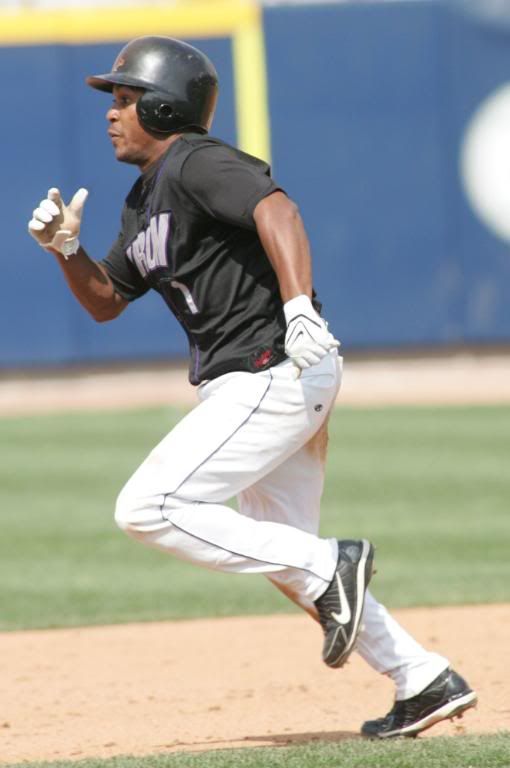






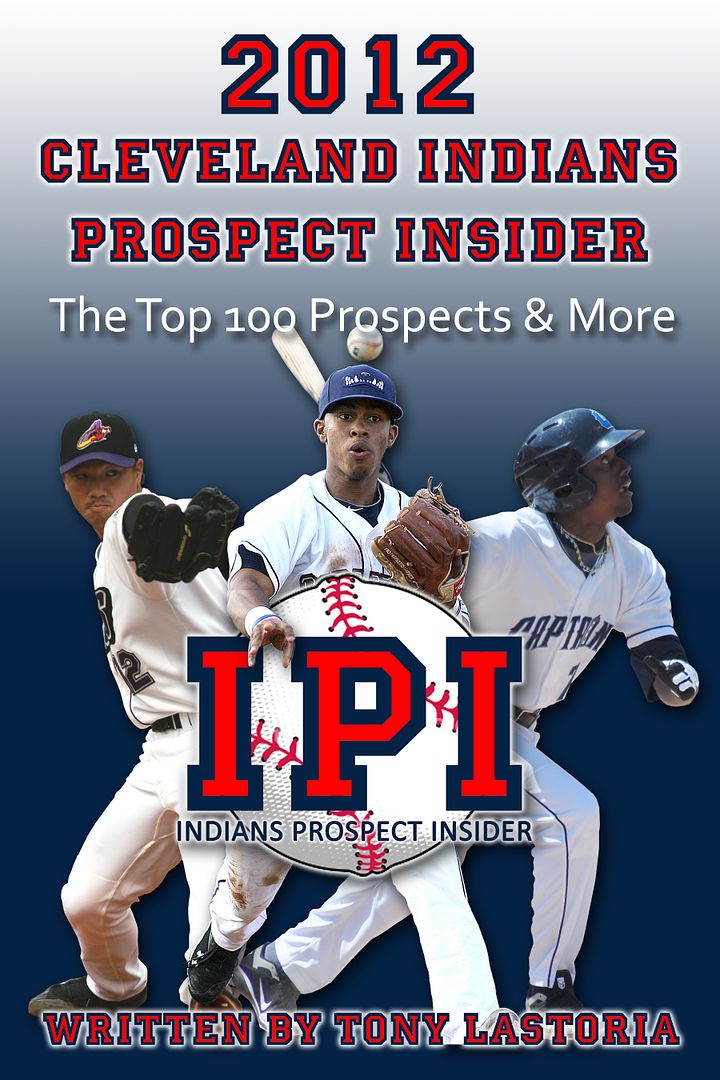
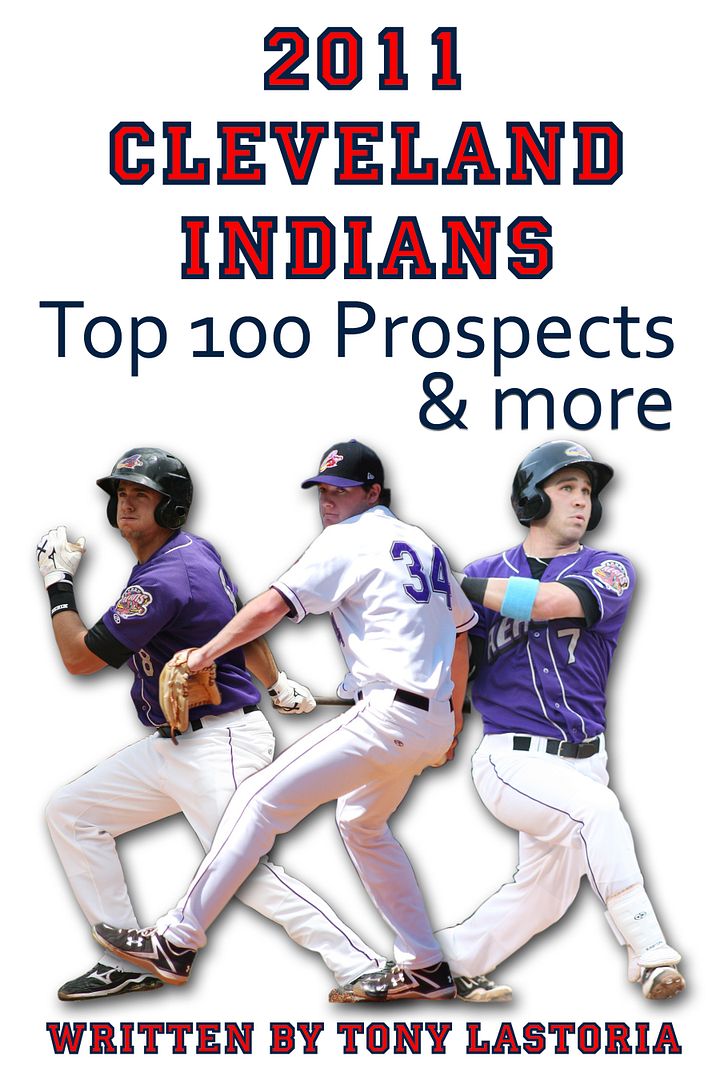
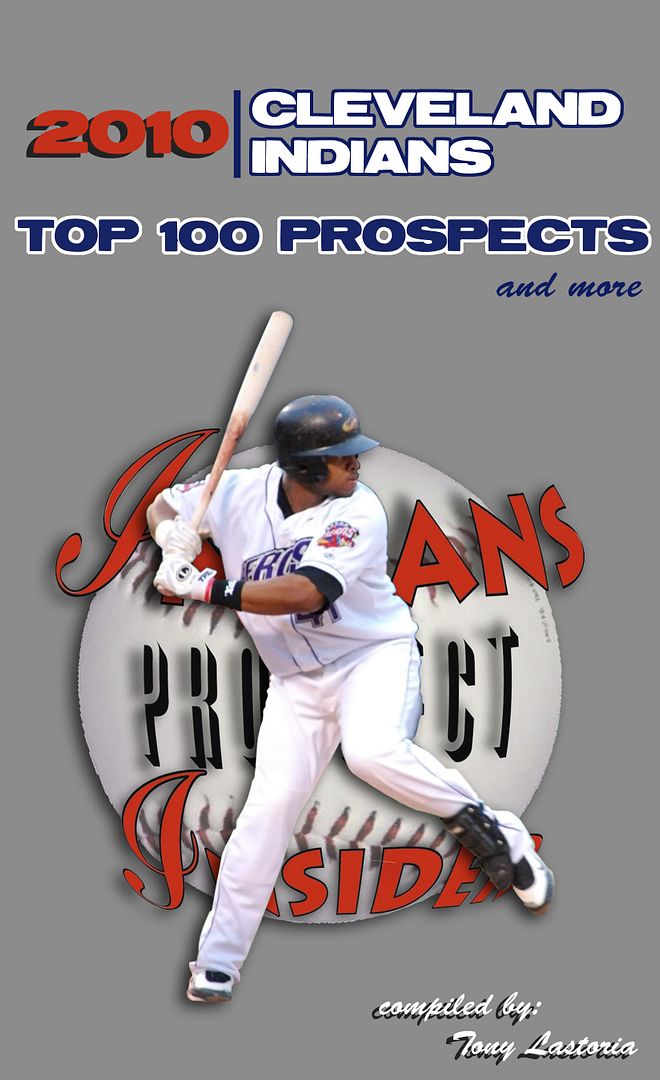
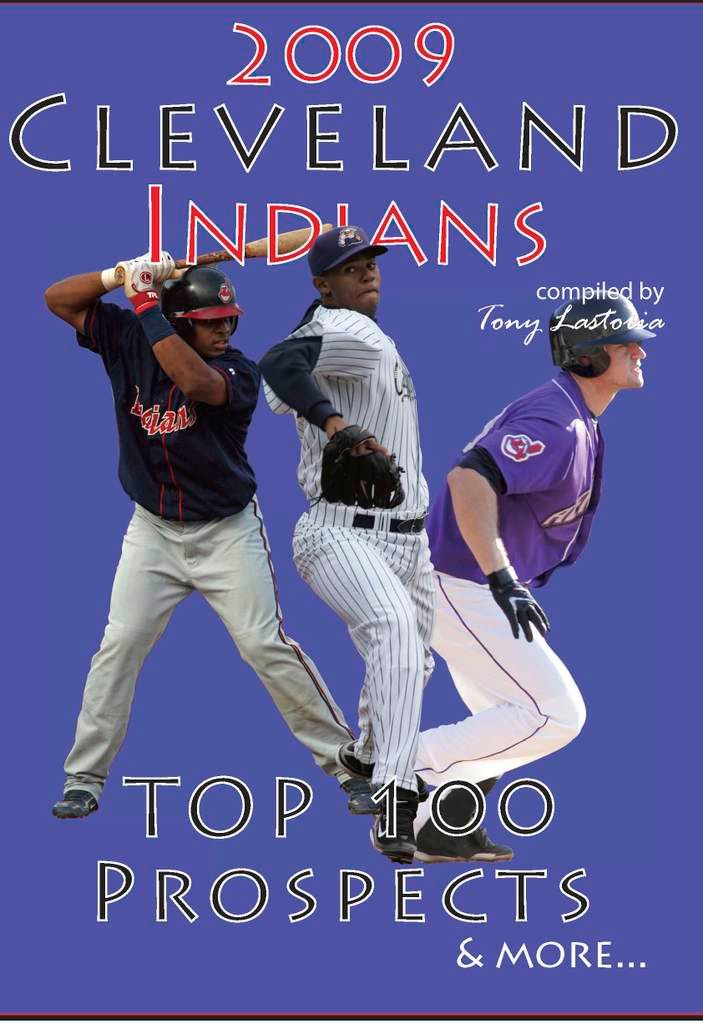
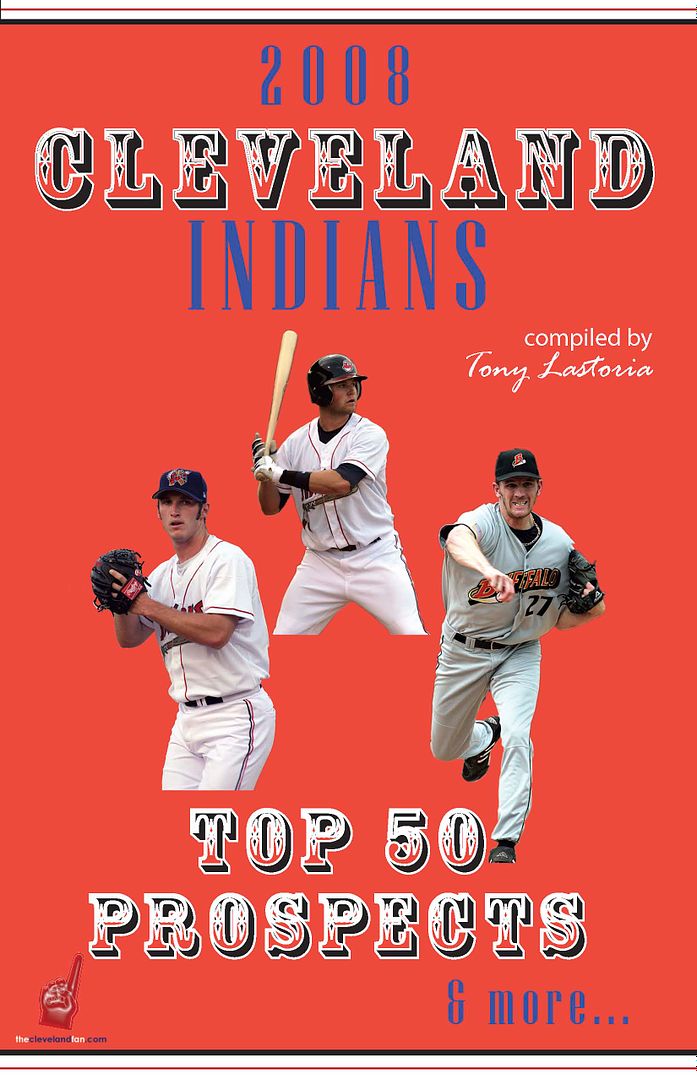
 Everything on this site is free, but for those interested in making any monetary contributions to help support the stability and growth of this site please click on the "Donate" button below.
Everything on this site is free, but for those interested in making any monetary contributions to help support the stability and growth of this site please click on the "Donate" button below.


3 comments:
Nice analysis but the stat tables are almost unreadable.
Dumped them in as images. Sorry, I'm awful with HTML! Thanks for the headsup.
Having watched Trevor Crowe play now for a while, he appears to be a bit of a space cadet. He seems to get lulled to sleep in the outfield, and does stupid stuff at the plate and on the basepaths all of the time. I'm curious if that was an impression people had watching him in the minors. I know he always seemed to be a very streaky hitter, where he'd hit sub .200 for a month and half and then hit .400 the next month and a half. It's also weird because I've seen him hit 2 really long home runs, but those are about the only 2 home runs he's hit in the majors. A total feast for famine kind of player, he often makes a great play in the field and then screws up an easy play badly in the same game, doesn't hit a home run for a month, and when he does hit one it goes 420 feet.
I can see why scouts could have been fooled by Crowe though, catch him on the right day and he looks like a very good player
Post a Comment